#NASA safety panel warns of increasing risks to #ISS operations .Members of a NASA safety panel said they were “deeply concerned” about the safety of the aging International Space Station, citing long-running issues and funding shortfalls.
During a public meeting of the Aerospace Safety Advisory Panel (ASAP) April 17, members expressed concerns about growing risks as the station nears its projected end in 2030.
“The ISS has entered the riskiest period of its existence,” said Rich Williams, a member of the panel, arguing there were “increasing risks” to the station.
Some of those risks are problems the station has been facing for years, such as leaks in a vestibule of the station’s Zvezda module called PrK. Russian and American experts have been investigating small cracks seen in PrK for several years, with no resolution on their cause or how to best address them.
Williams said officials from NASA and Roscosmos are scheduled to meet later this month in Moscow to update efforts to mitigate risks on the cracking. In the meantime, he said ISS managers have implemented procedures such as limiting repressurization of the vestibule, which links a docking port to the rest of the station. “The panel has considered this one of our highest concerns,” he said.
Another concern is developing deorbit plans for the ISS, particularly in an emergency before its scheduled retirement at the end of the decade before the arrival of the U.S. Deorbit Vehicle (USDV) that NASA has contracted SpaceX to build. “If there is a deorbit of the ISS before the USDV is delivered, the risk to the public from ISS breakup debris will increase by orders of magnitude,” Williams said.
The station is dealing with several other issues, such as keeping sufficient spare parts for life support systems and delays with cargo resupply vehicles. That latter concern involves both the delays in the first flight of Sierra Space’s Dream Chaser vehicle, now expected no earlier than late summer. and Northrop Grumman scrapping its NG-22 Cygnus mission to the ISS, which was scheduled to launch in June, because of damage to the spacecraft incurred during shipping.
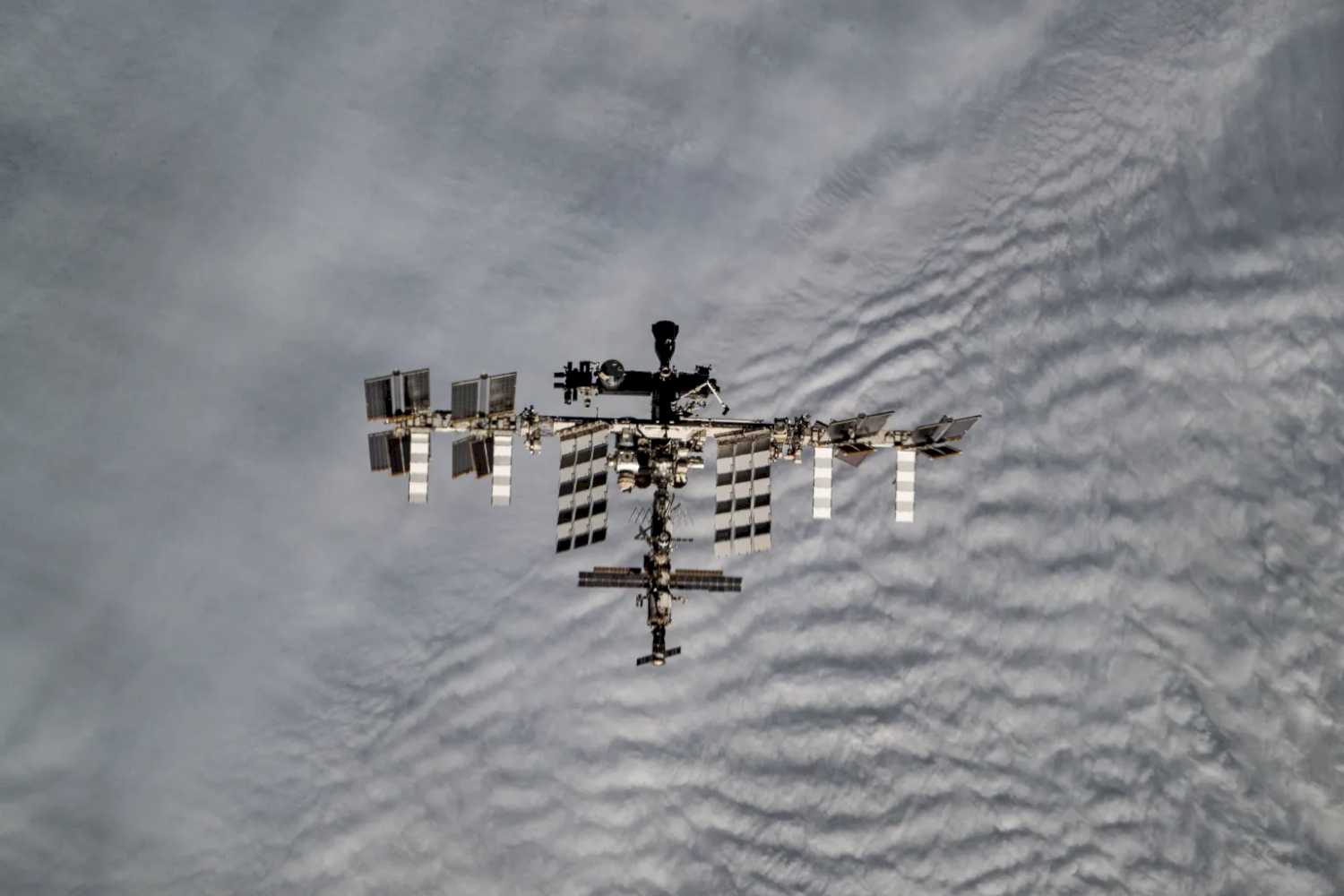

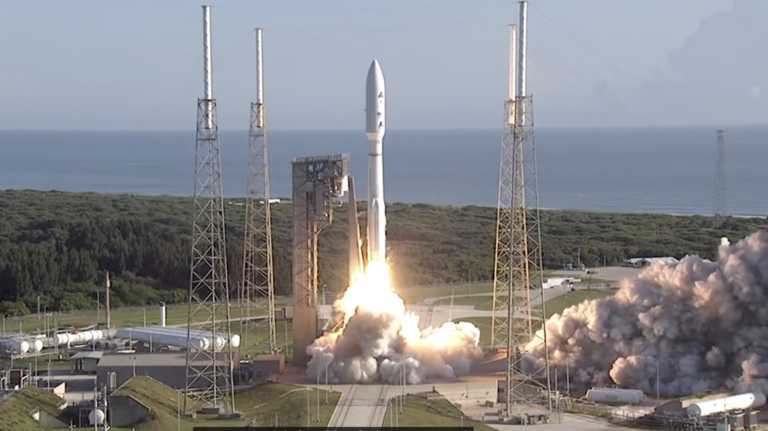


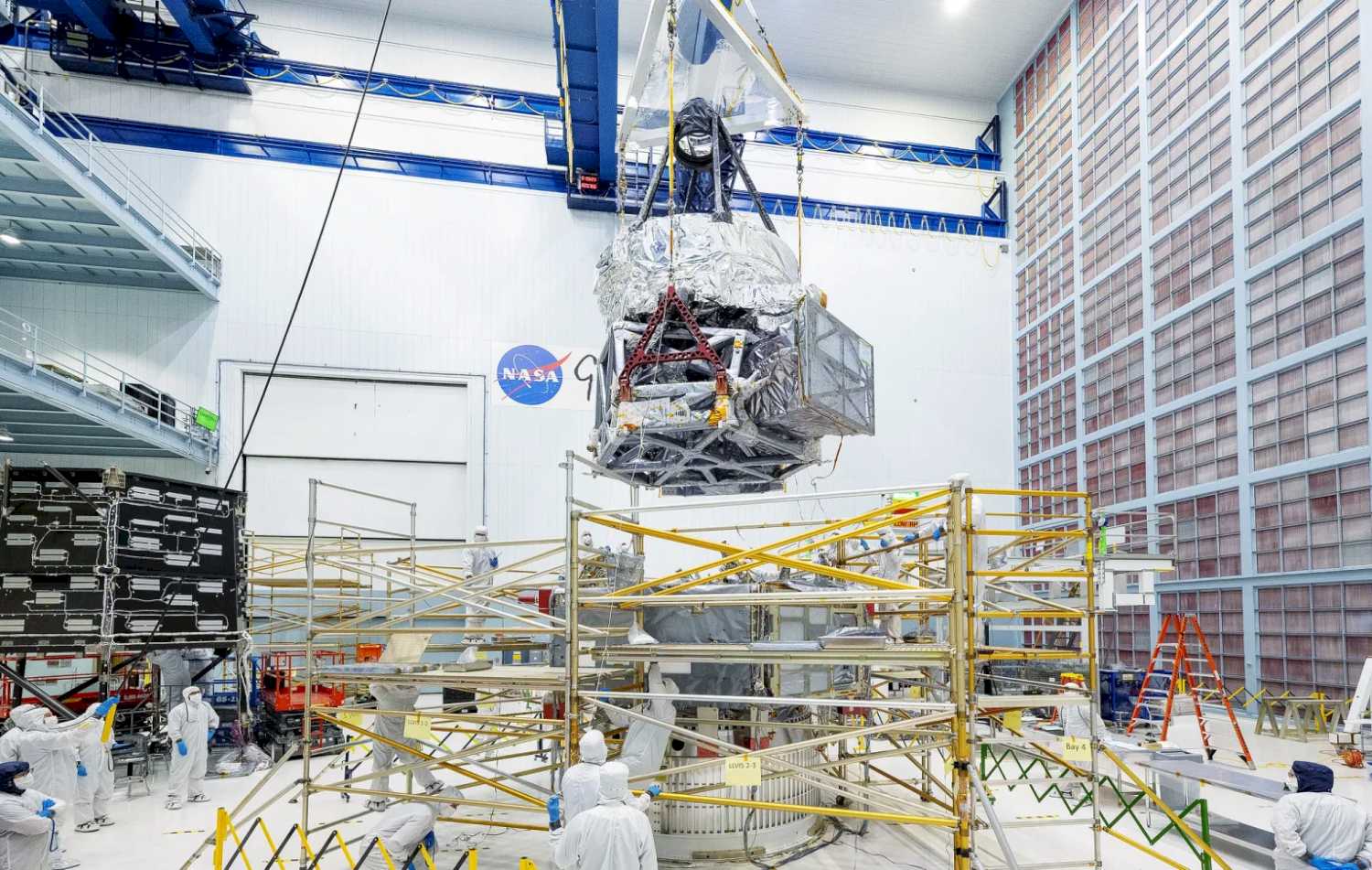
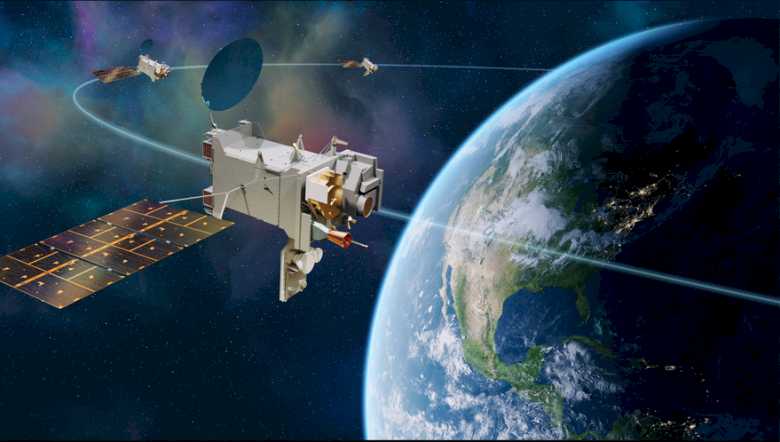
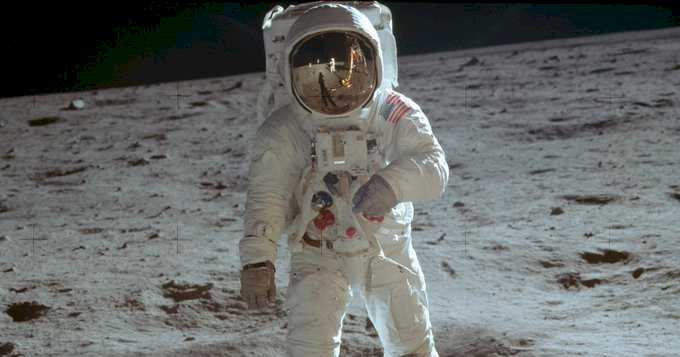


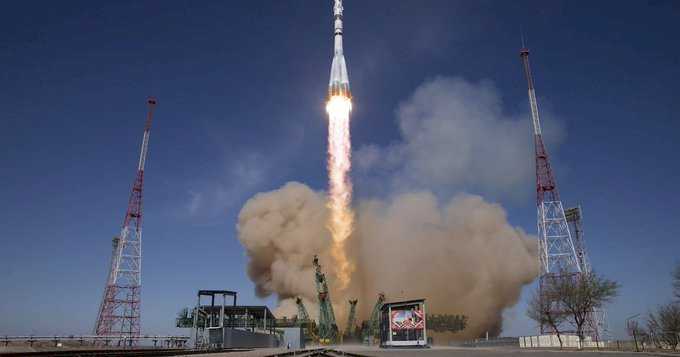
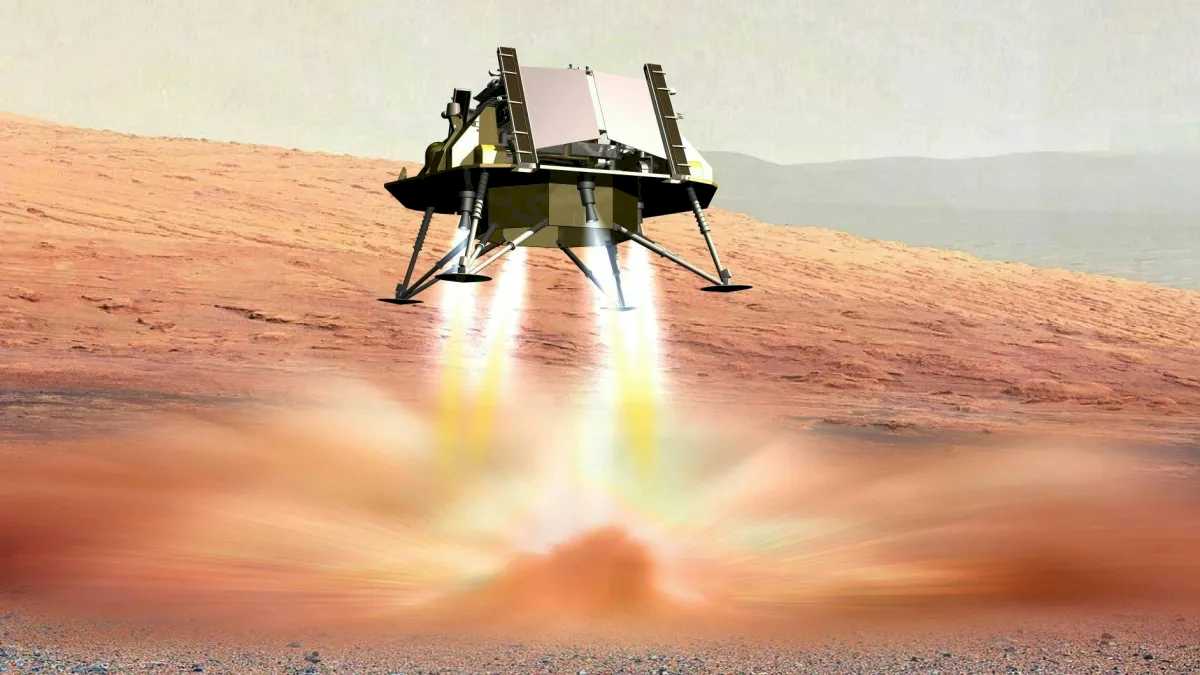
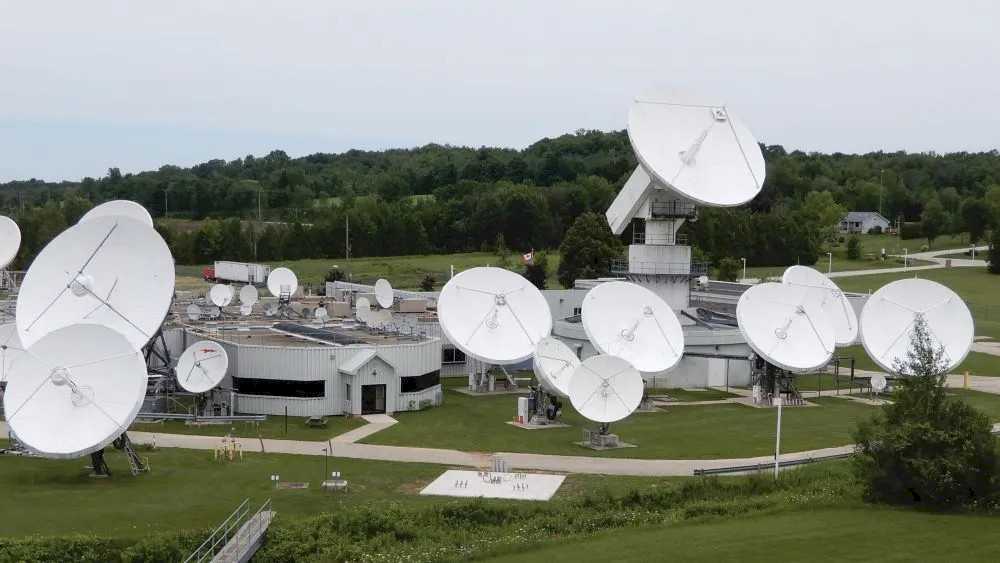

Space news on Umojja.com